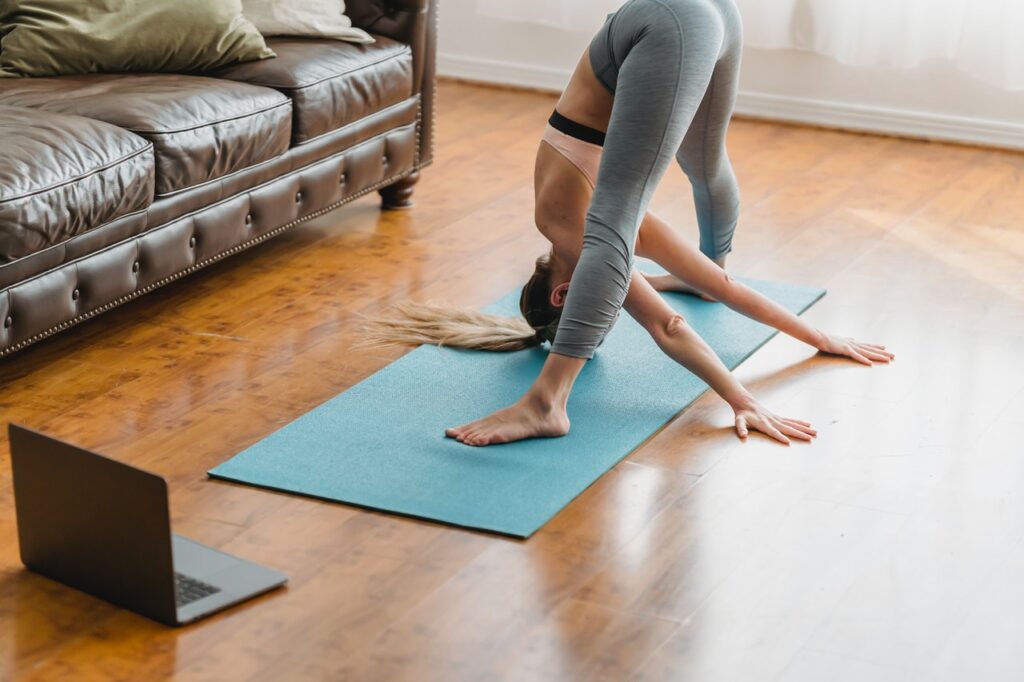7 reasons why most people in Japan sit on the floor and eat food| We are all accustomed to sitting in a comfortable chair and eating lightly. We spend most of the day sitting, not just eating. At work, sitting in a seat for long periods of time, even while traveling in their own vehicle or on public transportation He comes home and sits down to eat. But the Japanese eat their meals while sitting on the floor. In Japan, dining chairs are not used.
“this tradition is used even in some 5-star hotels”
It is said that this tradition is used even in some 5-star hotels. In fact, it is said that eating in this position has many health benefits for people. In this article, you will learn about some of the benefits of this Japanese tradition.
1.Supports the digestive process.

Sitting on the floor with legs crossed is like a spontaneous yoga practice. Your body gets food and exercise at the same time. The cross-legged seat is called the ‘sukhasana’ which means more comfortable. The main belief is that this posture increases the blood supply to the stomach, helps in easy digestion of food, and helps the body absorb vitamins and other essential nutrients to the fullest. When the body leans forward towards the plate and returns to the starting position, swallowing the food strengthens the abdominal muscles and prevents bloating as a result.
2. Helps to lose weight.

.
3.Makes your body more flexible.

Sitting for long periods of time can cause back pain and gradually begin to wear out in the spine. When sitting on the floor, the knee and hip areas are stretched well. This posture helps to keep the trunk straight while eating, thus preventing the head and shoulders from sagging and strengthening the spine and shoulder areas.
4. Helps to achieve longevity.

If you can stand cross-legged and without any support, you are more likely to live longer. It is said that the exercise that a person receives through sitting on the floor several times a day increases the longevity of that person.
5. Protects the health of the joints.

When sitting in a chair too long, your hip area becomes immobile and stiff. However, when sitting on the floor, a person’s hips and ankles are better stretched, making the joints more flexible. Even muscles that are not active when you are sitting in a chair, even when you are resting, are encouraged to become active by contributing to sitting postures such as sitting on your knees or sitting on your hips.
6.Gradually improves body posture.

Sitting in a chair that does not have proper support for the spine encourages you to sit with all the core muscles of your body contributing. It has good benefits for your body posture. However, be careful not to get your head and shoulders down. This can lead to back pain.
7. Calms the mind.






